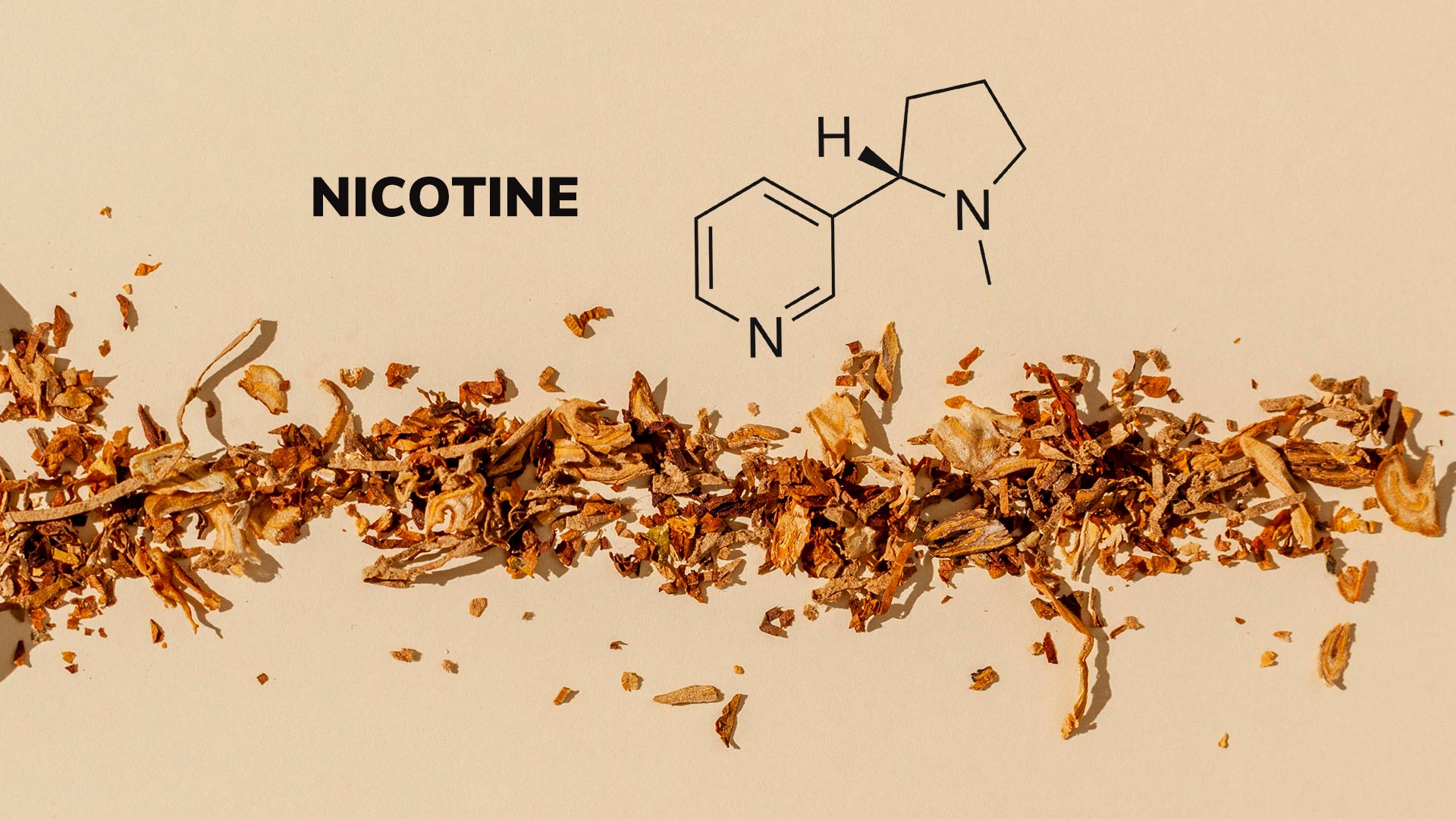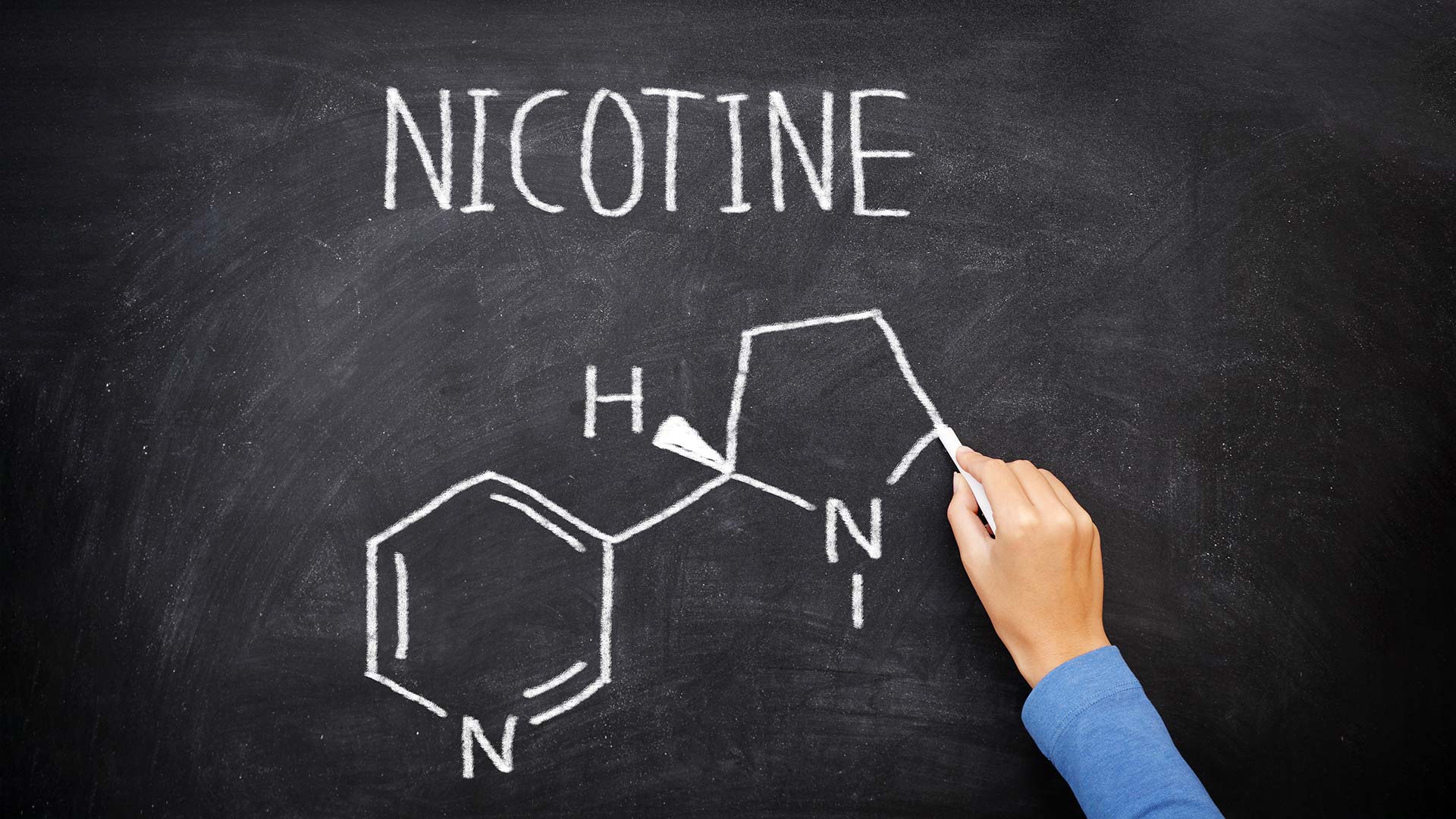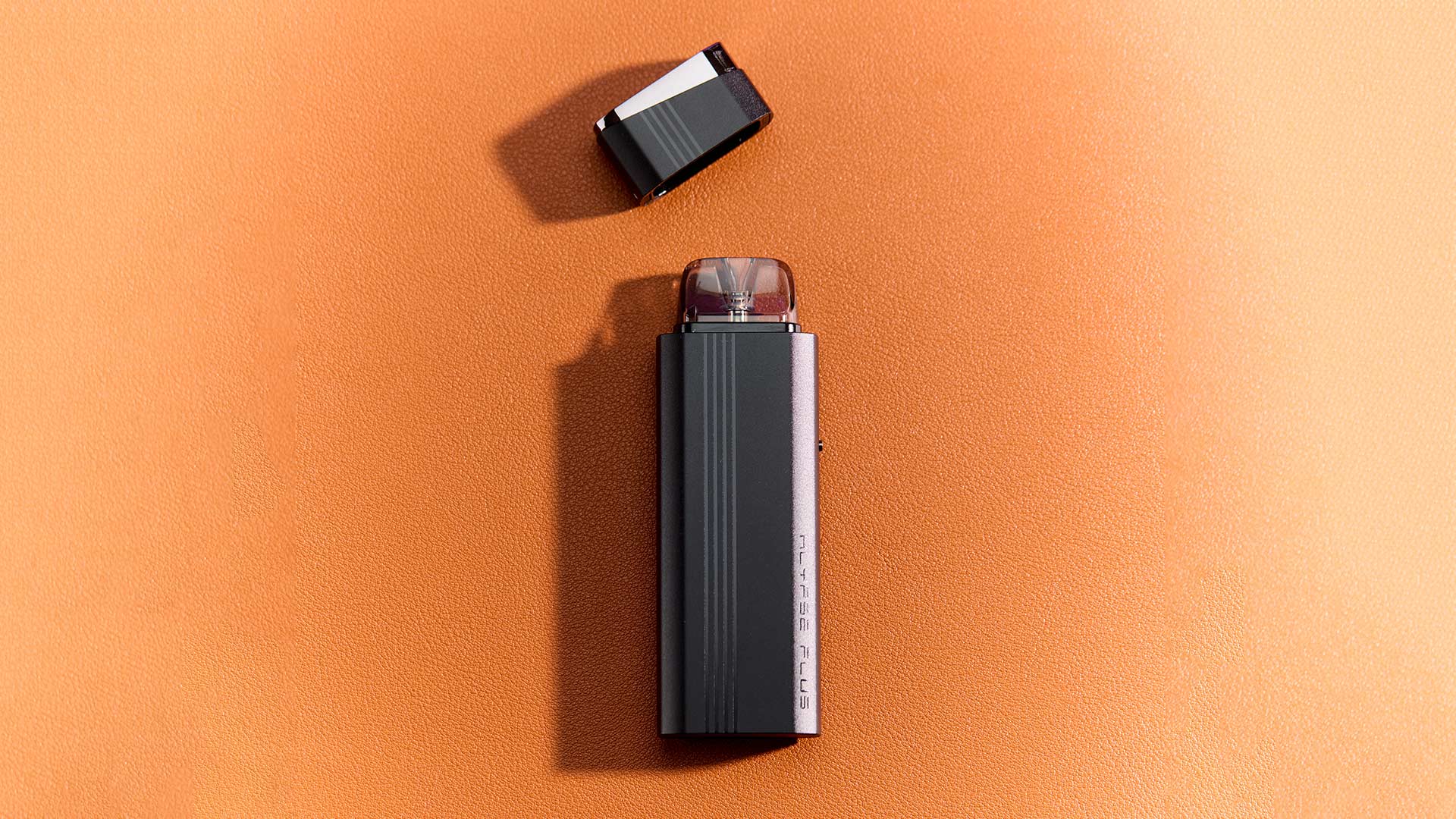One of the biggest reasons why you switched from smoking to vaping is because you care about what you put into your body. You wanted to find a way to use nicotine that was as satisfying as smoking but didn’t require you to inhale smoke, and that’s exactly what you found when you became a vaper. Once you found a better alternative to smoking, though, you probably didn’t stop there. Maybe you researched the ingredients of vape juice to learn more about what you were inhaling – and now that you’ve become an educated vaper, you want to go a step further and find out about the nicotine that’s used in e-liquid.
So, where does nicotine come from? You might expect that all of the nicotine used for e-liquid comes from tobacco, but that isn’t actually the case anymore. As you’re about to learn, the world of vape juice is actually much larger and more varied than you might have imagined – and the way in which nicotine is produced for e-liquid is actually significantly more complicated than it may seem.
What Is Nicotine?
Let’s begin with a short introduction on what nicotine actually is. As you likely already know, nicotine is best known as the chemical found in high concentrations in tobacco leaves. It consists of carbon, hydrogen and nitrogen. It’s known for its stimulating and mood-enhancing effects, and it’s even better known for its addictive properties. The tobacco plant is native to the Americas, and archaeological evidence suggests that it was used by native cultures over 12,000 years ago. That’s a significant portion of human history. Vaping, in comparison, is under two decades old.

Are There Any Other Sources of Nicotine?
One of the most interesting things about nicotine is that it isn’t exclusive to the tobacco plant. In fact, all of the plants in the nightshade family – known scientifically as Solanaceae – contain some nicotine. You consume a small amount of it, in fact, every time you eat an eggplant, a tomato or a potato. The difference is that those foods contain nicotine in much lower concentrations than tobacco. Although eggplants, tomatoes and potatoes have all been investigated as possible alternative sources of nicotine, they’ve been written off as unviable because extracting a useful amount of nicotine would prove too wasteful.
To shed some light on how unproductive it would be to use foods in the nightshade family for nicotine extraction, let’s examine how much eggplant it would take to obtain the 40 mg of nicotine in a disposable vape like the Innokin Innobar F600.

Tobacco has a nicotine content of up to 3 percent by dry weight. Therefore, it takes a little over a gram of tobacco to produce the 40 mg of nicotine for one disposable vape. If you used eggplant as your nicotine source, on the other hand, you’d need about 400 kg of eggplant. That, of course, would be incredibly wasteful – so tobacco remains the primary natural source of nicotine.
How Is Nicotine Extracted from Tobacco?
With the introductory information out of the way, let’s learn about how nicotine is made from tobacco. The pharmaceutical-grade nicotine used for e-liquid is over 99-percent pure – and as you can probably imagine, extracting anything with that level of purity from a natural plant isn’t easy.
Laboratories may use their own proprietary methods to extract nicotine from tobacco, but the methods usually involve these basic steps.
- The tobacco leaves are dried in an oven until the majority of the water content is gone.
- The leaves are then ground into a fine powder. This breaks the cell walls and maximizes the surface area, which helps to ensure that the extraction process will have the best possible yield.
- The tobacco powder is mixed with a solvent. Alkaline solvents such as ammonia are commonly used for nicotine extraction because increasing the pH of the nicotine converts it from a salt into a free base. In its freebase form, nicotine is more volatile and more easily captured.
- The pH of the solution is tested, and the solution is then heated to encourage the nicotine to dissolve into the solvent.
- Fractional distillation is used to isolate the nicotine from the solution.
The nicotine that’s extracted from tobacco isn’t just used for vape juice – it’s also used for a variety of pharmaceutical products such as nicotine gum and patches. It’s crucial for these products to contain precise amounts of nicotine, so the laboratories that extract nicotine from tobacco always test their products to confirm that they have the expected purity.
Where Does Nicotine Salt Come From?
You might have noticed the fact that we used the term “freebase” when talking about the nicotine extraction process above. As you might be aware, most of the bottled e-liquid on the market uses the freebase form of nicotine. All vape juice, in fact, used freebase nicotine until the mid-2010s. As you now understand, that was a matter of necessity because alkaline solvents are used to extract nicotine from tobacco. Since the extraction process creates freebase nicotine, that’s what was available for e-liquid companies to use.
In the middle of the last decade, nicotine salt e-liquid was developed to address the one major shortcoming with the e-liquid that existed at the time: High-strength vape juice tended to irritate the throat. People who were new to vaping typically wanted to use smaller devices like disposable vapes, and a small vaping device needs to have an e-liquid with a high nicotine strength in order to provide the right level of satisfaction.
It’s difficult for a small vaping device to have the correct nicotine strength if it uses freebase nicotine because of the throat irritation it causes. Until nicotine salt e-liquid was developed, that problem created a barrier that prevented some smokers from switching to vaping. Nicotine salt is less alkaline than freebase nicotine, so it’s smooth at high nicotine strengths and doesn’t irritate the throat.
Creating nicotine salt e-liquid is actually a surprisingly simple process. Nicotine salt vape juice is nothing more than freebase e-liquid with a mild acid added to lower the pH. Adjusting the pH converts the nicotine from a freebase to a salt.
How Is Synthetic Nicotine Made?
The nicotine in vape juice doesn’t only come from tobacco – it can also be created synthetically in a laboratory. For almost as long as the vaping industry has existed, there has been a high level of demand for synthetic nicotine as the industry has worked to distance itself from tobacco products. It wasn’t until relatively recently, though, that laboratories began to develop processes for synthesizing nicotine that were economically feasible. Today, synthetic nicotine – also known as tobacco-free nicotine or TFN – is readily available for e-liquid makers to use. It costs a bit more than tobacco-derived nicotine, but many vape juice companies have absorbed the cost and now exclusively use synthetic nicotine for their products.
Synthetic nicotine is made by taking a molecule and subjecting it to a chemical reaction that causes its structure to change. One common molecule used for this purpose is niacin, which is also known as vitamin B3 or nicotinic acid. Niacin has a molecular structure similar to that of nicotine and can be converted to nicotine through a series of reactions. The nicotine obtained in this process is the same as what’s extracted from tobacco, but it’s obtained without the need for a single tobacco leaf.
E-liquid with synthetic nicotine is available in both freebase and nicotine salt forms. Functionally, it’s the same as tobacco-derived nicotine. If you switch from an e-liquid with natural nicotine to one with synthetic nicotine while keeping the strength of the e-liquid the same, you shouldn’t feel a difference.
What Type of Nicotine Is in My E-Liquid?
Reading this article, you’ve gained some knowledge about where the nicotine for e-liquid comes from. You’ve also learned about some other surprising sources of nicotine in your everyday food supply, which is an interesting thing to know even if the amount of nicotine contained in those foods is miniscule. One thing you might not have known before today, though, is that e-liquid can actually have four different types of nicotine. Those four types are:
- Tobacco-derived freebase nicotine
- Tobacco-derived nicotine salt
- Synthetic freebase nicotine
- Synthetic nicotine salt
If you’ve never stopped before today to think about how nicotine is made, you might be curious now about what type of nicotine is in your e-liquid. That’s actually a fairly easy question to answer because you can find out what’s in your vape juice by simply looking at the label.
- If the e-liquid contains either natural or synthetic nicotine salt, you’ll see the term “Salt” somewhere on the label. If the label has an ingredient list, you’ll see a mild acid such as benzoic acid on the list.
- If the e-liquid contains synthetic nicotine, you’ll probably see “Synthetic,” “Tobacco-Free Nicotine” or “TFN” somewhere on the label. E-liquid makers aren’t required to disclose the fact that they use synthetic nicotine, but most companies do because it’s often seen by customers as a strong selling point.
- If the bottle’s label doesn’t have any of the terms mentioned above, you can conclude that the e-liquid most likely contains tobacco-derived freebase nicotine.
Hemok Wang
Hey! Hemok here, a vaping enthusiast with a passion for helping people quit smoking. My uncle was diagnosed with lung cancer a few years ago after smoking for more than 40 years. I do understand that quitting smoking isn't only a physical issue but also a mental one. It's just hard to go "cold turkey". I believe that vaping is one of the best solutions to make the switch only if you do it in the right way, and that's why I am here to share :)




